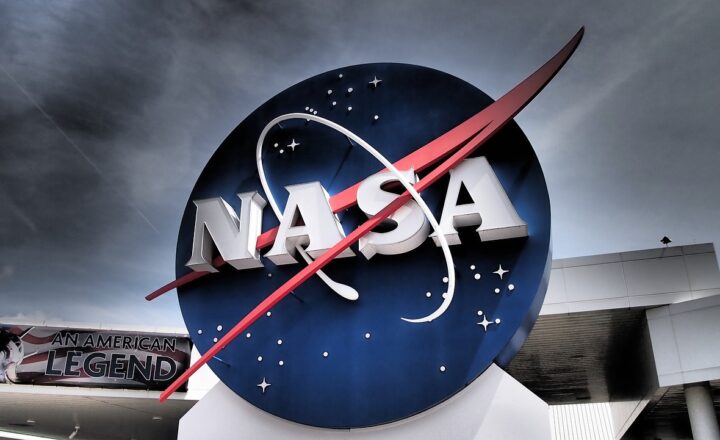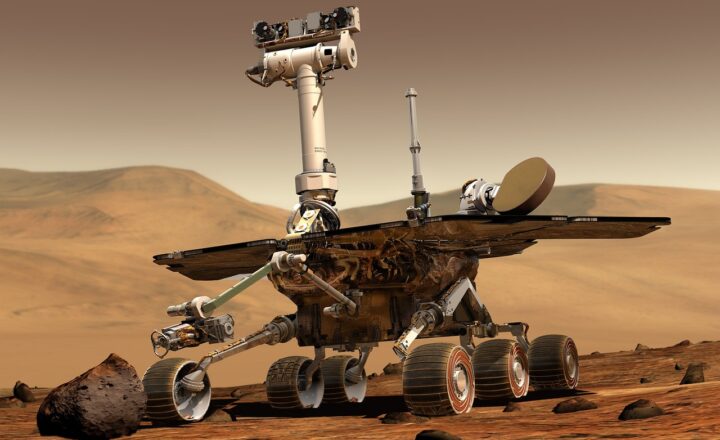The Potential of AI in Space Exploration: From Robotics to Data Analysis
November 11, 2024

Artificial Intelligence (AI) is poised to revolutionize various sectors of human endeavor, and space exploration is no exception. Leveraging the incredible capabilities of AI can significantly enhance our understanding of the universe, improve operational efficiency, and facilitate more ambitious missions. This article delves into the exciting role of AI in space exploration, showcasing how it is utilized in robotics, data analysis, and beyond.
1. Understanding the Role of AI in Space Exploration
AI encompasses a range of technologies, including machine learning, natural language processing, and robotics. In the context of space exploration, AI offers numerous applications that contribute to various mission phases, from planning and execution to monitoring and analysis.
AI systems can analyze vast quantities of data generated during space missions, make real-time decisions, and optimize operations. With the technological advancements we have made, AI can now assist astronauts and scientists in ways we had not previously imagined. Here are some key areas where AI is making an impact:
- Autonomous Systems: AI enables spacecraft to operate autonomously, making decisions based on real-time data while reducing the need for human intervention. This independent functioning is crucial, especially for missions that are far from Earth and have communication delays.
- Data Processing and Analysis: AI algorithms can analyze enormous datasets more rapidly than humans, allowing space agencies to glean insights from the data collected by telescopes, satellites, and rovers effectively. This capability leads to faster discoveries and the ability to answer complex scientific questions more efficiently.
- Robotic Exploration: AI-driven robots are already playing essential roles in exploring celestial bodies like Mars, where human presence is not yet viable. These robots can perform various tasks autonomously, from geological assessments to sample collection.
As we look into the future, AI’s involvement in space exploration promises to expand, enabling new missions and profound discoveries.
2. AI in Robotics: Pioneering the Next Frontier
Robotics is one of the most immediate applications of AI in space exploration. Robots equipped with AI capabilities are being designed to navigate the harsh environments of space and other planets, something that is particularly important in the pursuit of knowledge about Mars, asteroids, and beyond.
Key Developments in Robotic AI:
- Curiosity and Perseverance Rovers: NASA’s Mars rovers are equipped with AI systems that allow them to traverse the Martian terrain, avoid obstacles, and prioritize scientific experiments. These autonomous features significantly enhance their operational capabilities and mission safety.
- Robotic Arms and Assistants: Space agencies like NASA and ESA (European Space Agency) utilize robotic arms on spacecraft for various tasks, including repairs and assembly. AI algorithms enable these systems to adapt and optimize their actions based on the working environment.
- Smart Satellites: AI enables satellites to make autonomous decisions regarding their operations, such as adjusting their orbits, optimizing communication paths, and adapting to weather conditions, thereby enhancing efficiency and data capture quality.
AI in robotics is essential for not just current missions but also potential future endeavors, such as manned missions to Mars and asteroid mining projects where risk assessment and operational efficiency are paramount.
3. Enhancing Data Analysis with AI
The cosmos presents an overwhelming amount of data waiting to be explored. Telescopes like Hubble and the upcoming James Webb Space Telescope are set to generate extensive datasets that traditional methods of data analysis would struggle to handle. Here’s how AI can parse this data efficiently:
AI Techniques in Data Analysis:
- Machine Learning Algorithms: These algorithms can identify patterns within astronomical data that might be invisible to human observers. For instance, they can classify celestial bodies based on light patterns and predict their behaviors, significantly speeding up the data analysis process.
- Natural Language Processing (NLP): NLP applications can analyze scientific literature and reports, distilling critical insights and trends that inform future missions and research directions. By automating this process, researchers can focus on high-level analyses rather than tedious manual reviews.
- Predictive Analytics: By applying predictive analytics, scientists can make projections about celestial phenomena and explore previously unconsidered possibilities in astrobiology and cosmology. AI can drive simulations that provide insights into these predictions, aiding in the mission planning process.
AI’s capability for high-speed data analysis ensures that we can derive valuable information from the ever-growing troves of space data, leading to new knowledge and discoveries about the universe.
4. The Future of AI in Space Exploration
The future appears bright with the synergistic advancements in AI and space exploration, paving the way for ambitious projects that were previously regarded as science fiction. Several future directions include:
- Manned Missions to Mars: As we plan for human settlement on Mars, AI is set to play a crucial role in ensuring mission success. From autonomous life-support systems to optimizing spacecraft trajectories, AI can help manage the myriad of challenges posed by deep-space exploration.
- In-Situ Resource Utilization (ISRU): Using AI, we can assess the optimal ways to utilize Martian resources, such as extracting water or producing oxygen, making sustainable off-world habitation a tangible objective.
- AI-Driven Astronomical Discoveries: Anticipating future telescopes and observation systems, we expect AI to accelerate the pace of discoveries, enabling the identification of Earth-like exoplanets and advancing our understanding of the universe’s formation and evolution.
AI is positioned to alter our approach to space exploration dramatically, making new missions feasible and opening up realms of discovery that we have yet to imagine.
Conclusion
The integration of AI into space exploration signifies a paradigm shift in how we explore the cosmos. From robotic systems that navigate alien terrains to AI-powered data evaluation that fast-tracks scientific discovery, the transformative power of AI is clear. As we continue to push the boundaries of what is possible in space exploration, the potential of AI serves as a powerful ally in helping unlock the mysteries of the universe. The future evokes excitement and anticipation, and we stand on the brink of discoveries that could redefine our understanding of existence itself.








